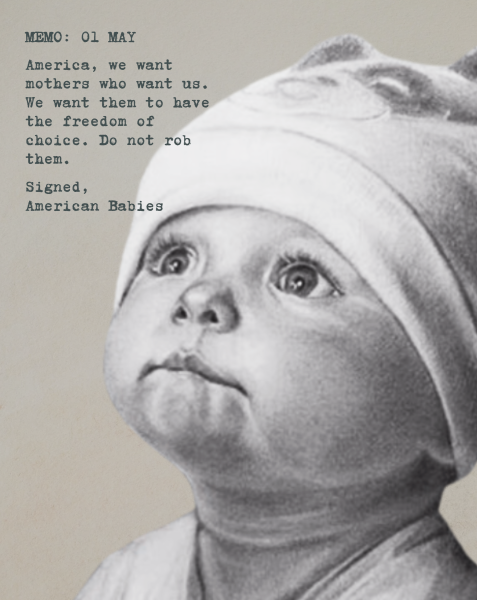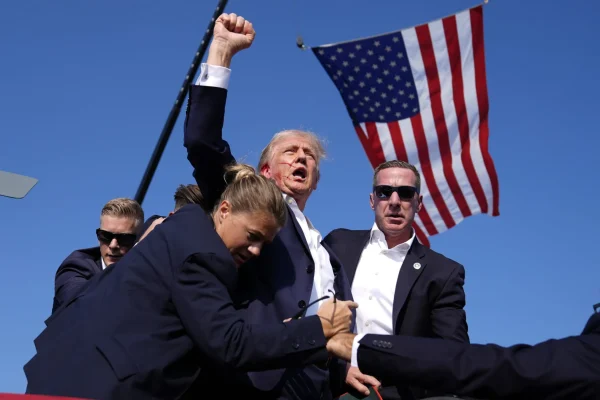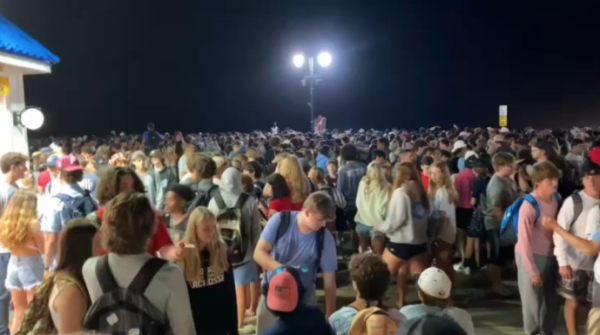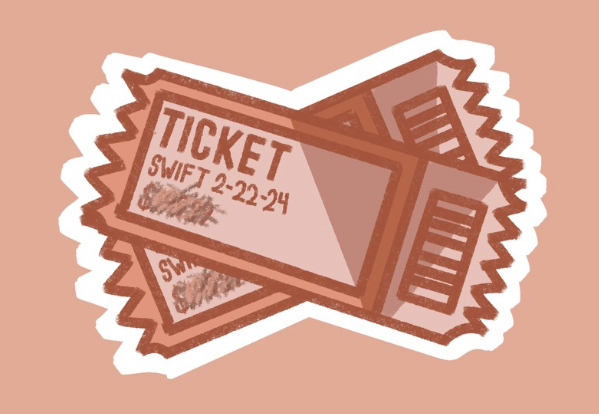Social media platforms’ decisions to ban Trump were justified
Former president Donald Trump’s Twitter account was suspended after spreading false misinformation and inciting violence, which violated Twitter’s user policies.
Former president Donald Trump has been banned from many social media platforms in the past month, and that has led to a robust debate about whether social media platforms should have the power to ban people from posting and more particularly, whether banning Donald Trump was justifiable.
Trump was banned from posting to Twitter and Facebook after the events that took place in Washington D.C. on January 6, 2021. On that date, thousands of Trump supporters gathered in Washington D.C. They came to protest the certification of the presidential election. Many of the protesters believed that they would be able to overturn the results of the 2020 Presidential Election by having Congress certify Donald Trump the winner despite the fact that the state results had certified Joe Biden to be the 46th President of the United States.
Leading up to January 6, Trump had repeatedly claimed since the November election that the election was stolen from him. His legal team had filed fifty lawsuits to prevent states from certifying Joe Biden as the winner, but all of those lawsuits had been dismissed after Trump’s legal team failed to provide verifiable proof of election fraud under oath. Yet, Trump appeared at the January 6th protest before the results were certified by Congress and spoke for over an hour to the assembled crowd.
He wound up the crowd, telling them “if you don’t fight like hell, you’re not going to have a country anymore.” At one point during his speech the crow began chanting “Fight for Trump. Fight for Trump. Fight for Trump. Fight for Trump. Fight for Trump. Fight for Trump.” And Trump responded “Thank you.”
Toward the end of his speech, Trump told the crowd, “Now it is up to Congress to confront this egregious assault on our democracy. And after this, we’re going to walk down and I’ll be there with you. We’re going to walk down . . . to the Capitol . . . And we’re going to cheer on our brave senators and congressmen and women, and we’re probably not going to be cheering so much for some of them. Because you’ll never take back our country with weakness. You have to show strength and you have to be strong.”
Trump’s speech, along with others made during the protest, fueled the cause of the rioters as they stormed the Capitol building later that day. Inside the Capitol building, rioters occupied, vandalized, and looted. They attacked police officers and swept through offices looking for Congressmen and the Vice President Mike Pence. Although Trump had said he would go with the protesters to the Capitol, he returned to the White House, watching as the protests turned violent on TV. Yet, despite the growing severity of the situation, Trump resisted in sending the National Guard in to restore order. Toward the end of the day Trump was convinced to record a statement.
In this short speech, Trump told the mob to go home, yet reassuring them again that the election had been stolen. Many commentators felt that Trump’s action during the rally had incited the violence and Trump’s statement and social posts immediately after the protest only helped to validate the protesters’ outrage and could have encouraged further violence.
Many commentators had been pressing the social media companies where Trump posted to take action against his posts about the election being stolen, expressing concern that Trump’s posts undermined public confidence in the integrity of the election and, more troubling, could undermine public acceptance of the Biden presidency. The companies had resisted because they did not want to be seen as regulating speech by political leaders although Twitter had been flagging many of Trump’s tweets as containing false information. But their reaction after the January 6th riots was swift.
Twitter permanently banned former President Donald Trump on January 8, just two days after the riot at the U.S. Capitol. After Twitter permanently banned Trump, many other popular social media platforms began to take action and ban or temporarily restrict Trump on their platforms. As of now, the former president is banned on Reddit, Twitch, Shopify, Google, Youtube, Context, Facebook, Instagram, Snapchat, Tiktok, Apple, Discord, Pinterest, Amazon AWS, Stripe, Okta, and Twilio, in addition to Twitter. The justification given by all these companies for their Trump ban are the same as Twitter: Trump’s actions spread misinformation and incited violence.
With Trump being banned across so many social media platforms, some people are raising the question of whether or not these bans are justifiable. Trump’s supporters have made the argument that his ban on social media is a violation of his first amendment rights, depriving him of his right to freedom of speech. Trump himself has responded to the bans by saying that these platforms are a direct attack on his freedom of speech. Although some may argue that these bans violate Trump’s free speech rights, this is not the case. First, the right to “free speech” is not absolute. The constitution may guarantee a general right to freedom of speech, but it does not guarantee that someone can exercise that right wherever or however they want. The Supreme Court has held that even the government has the power to restrain “free speech” where that speech is “directed to inciting or producing imminent lawless action and is likely to incite or produce such action.” Second, the social media platforms that have banned Trump are run by private companies who are not obligated to let anyone say anything they want. Each platform requires users to agree to a set of terms and conditions that include limits on what type of information (or misinformation) can be posted. If these terms and conditions are violated, the operator has the right to suspend or even ban the poster. Setting aside whether Trump’s “free speech” could have been restrained by the government or whether Trump could be found responsible for the violence that ensued after he incited the crowd to march on the Capital, Trump clearly violated the terms and conditions of social media companies by inciting violence and spreading misinformation. Accordingly, the social media platforms have the right to ban him in order to prevent any further damage to the public or to the reputation and use of their own platforms that could be caused by the misinformation Trump has been spreading.









